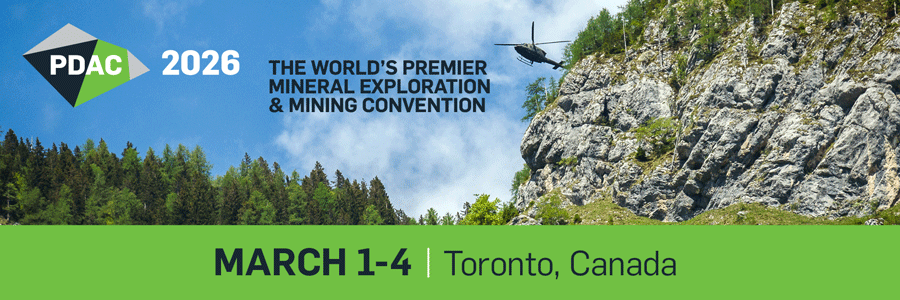Latest Interviews
“There is very little that we have not done or are not prepared to do. Whether in Ontario or globally, we are positioned to execute complex projects and drive value for clients.”
64734
“Exploration is a key indicator for staffing companies like Workforce. When our exploration clients are active and expanding, it tells us that the industry is healthy and moving in the right direction.”
64729
“Given Argentina’s recent economic struggles, communities view mining as a means to improve income and standards of living in their region.”
64132
“We observe that in Argentina, most mining projects have ambitious climate targets. Our goal is to achieve emissions-free status by 2030.”
64127
“Copper smelting opportunities in the Kingdom are supported by strong global demand projections, logistical advantages, and government backing for domestic mining and downstream processing.”
64119
“A blueprint is ready for a factory in Saudi, which will cater to KSA and the whole MENA region. This will allow the company to scale production and respond quickly to demand.”



